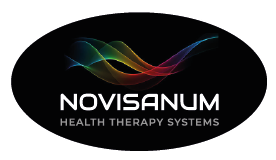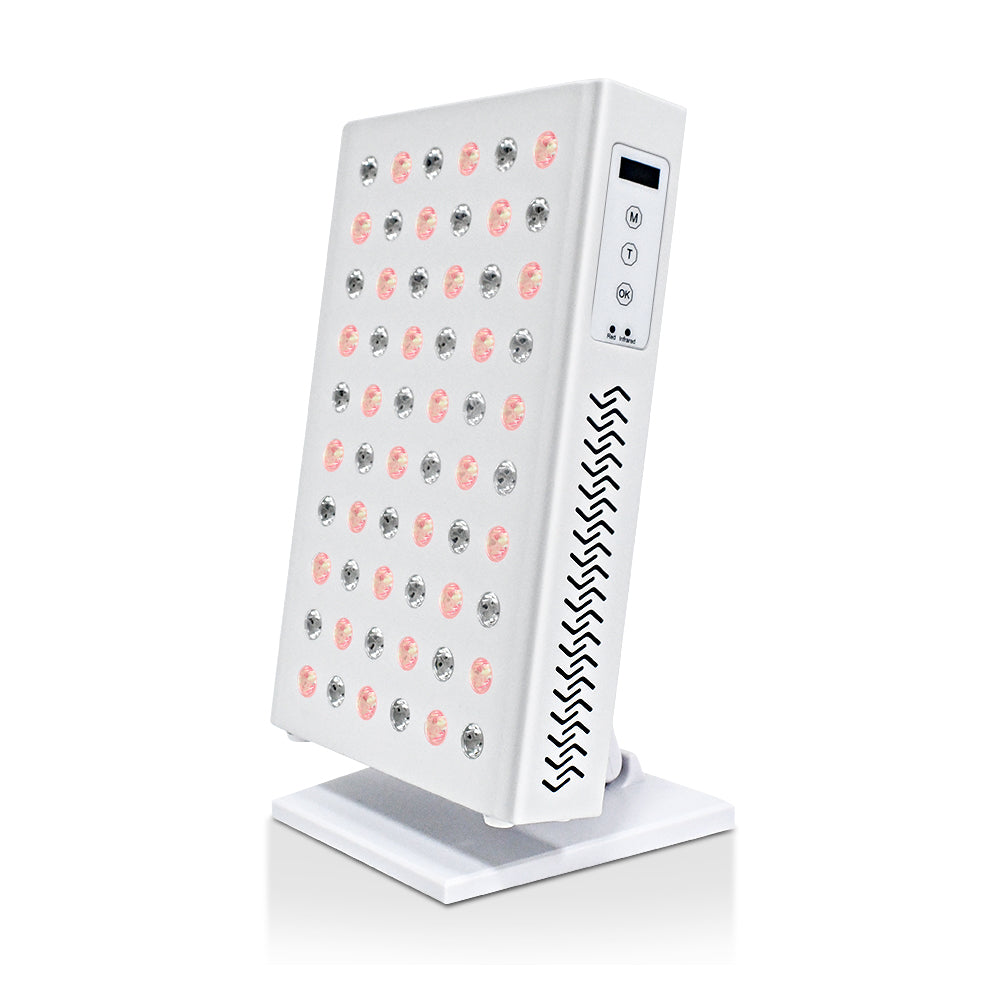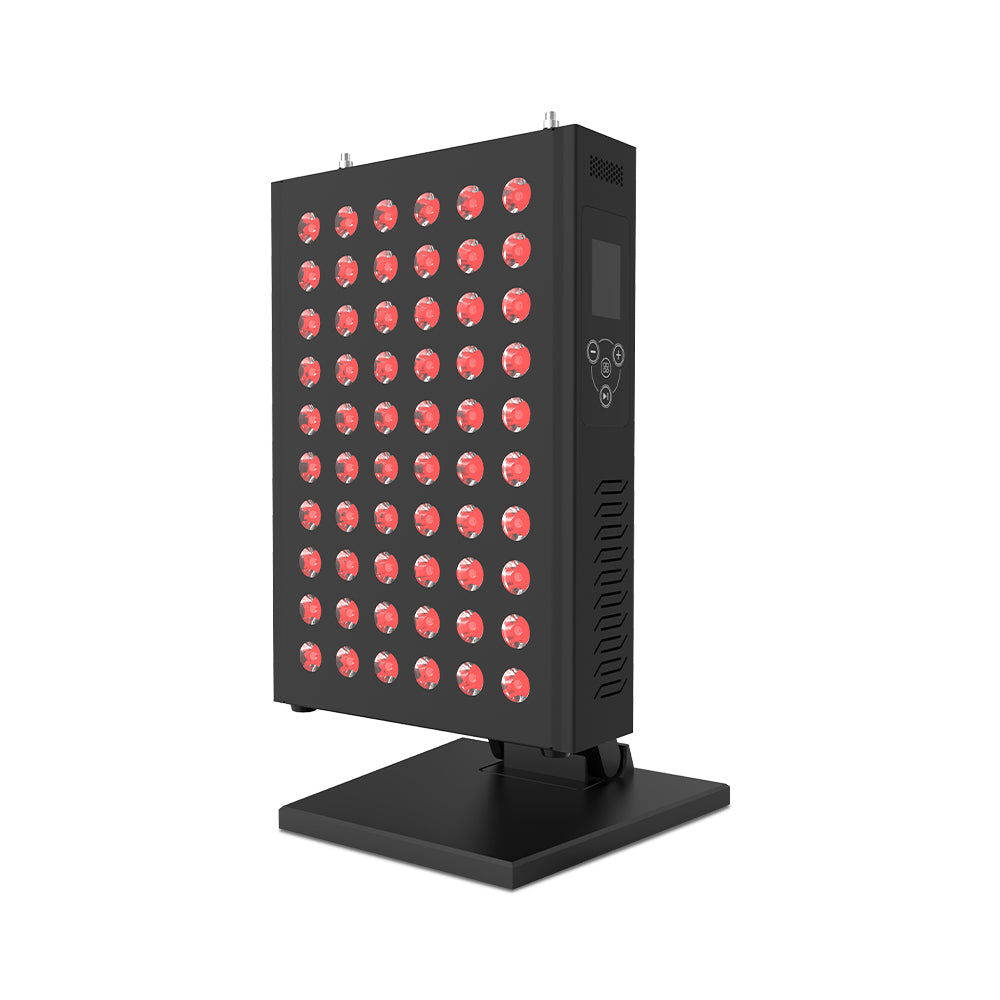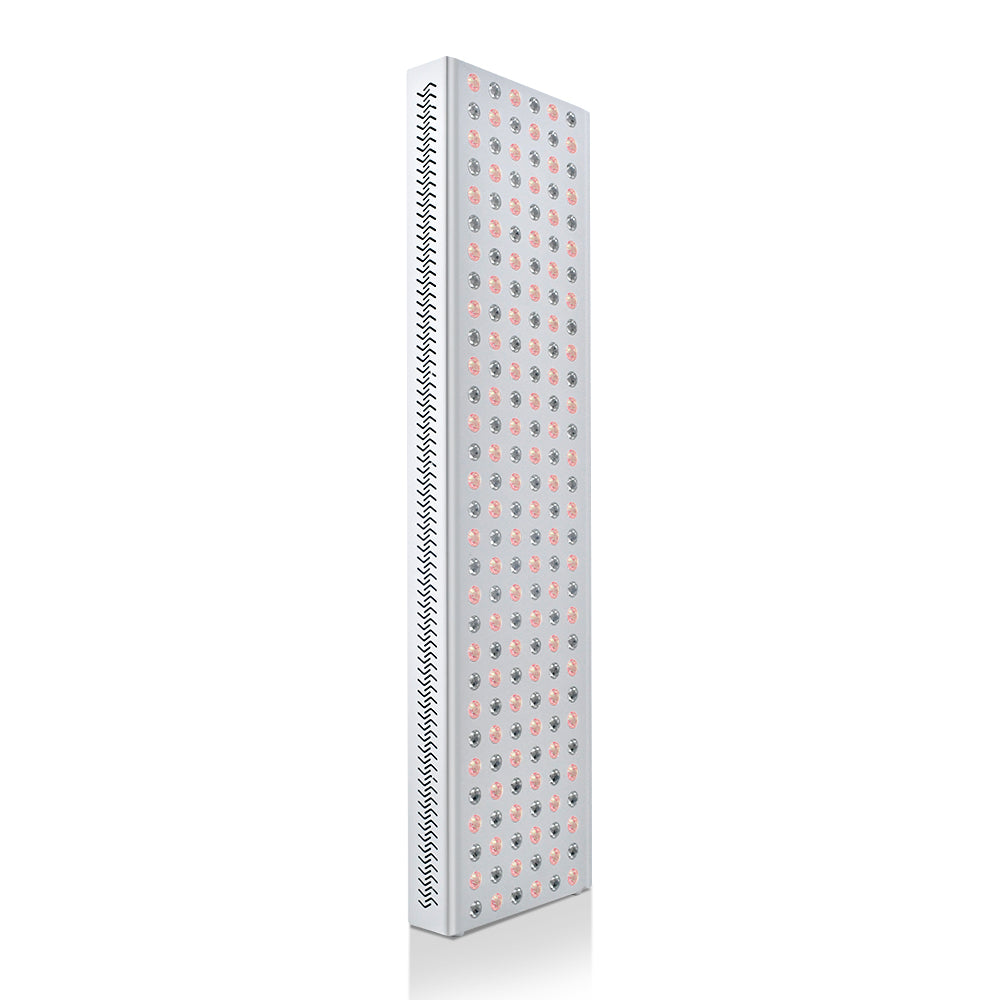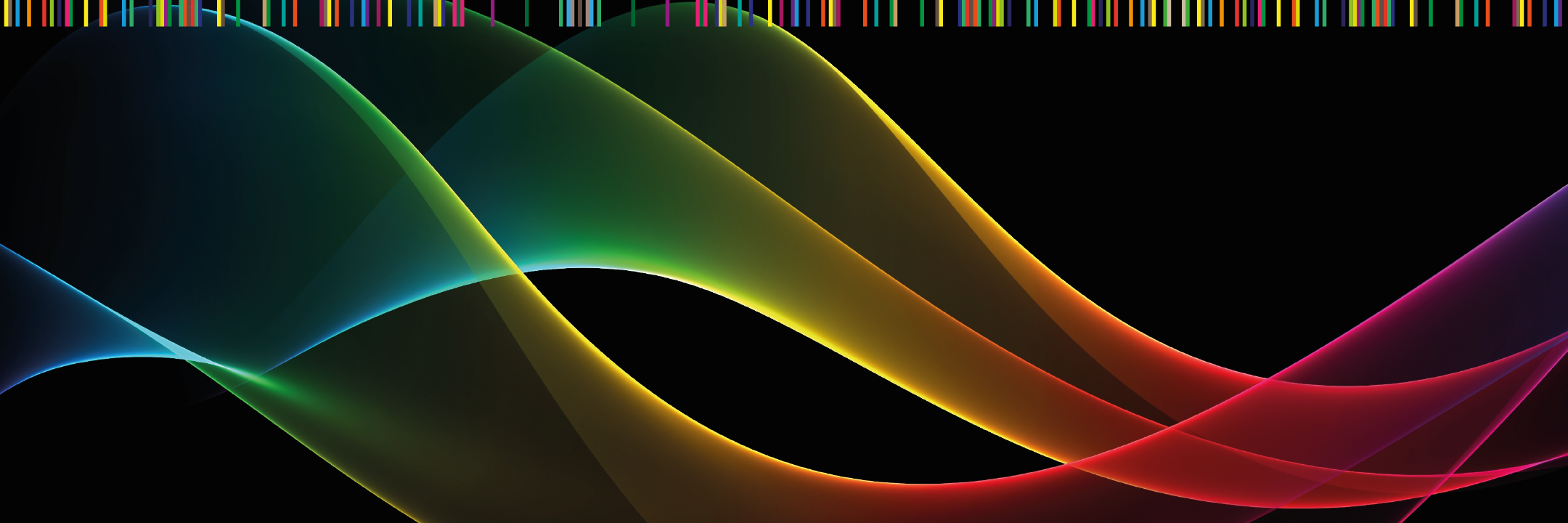Acne (acne vulgaris) is a skin condition in which the hair follicles and sebaceous glands become clogged with dead skin cells. This creates bumps over the clogged sebaceous glands, known as blackheads, pimples or pimples.
This condition ranges from occasional mild breakouts due to stress, a poor diet, or hormonal fluctuations. But more chronic variants such as cystic acne and acne lesions can also occur.
Acne not only causes discomfort to the skin, but can also have a great impact on mental health, resulting in low self-esteem and low self-confidence. Even after severe acne disappears, acne scars and uneven skin may remain.
Studies about Red light therapy in acne
Researchers show that red light therapy can be an effective treatment for mild to moderate acne. After four treatments, twice a week, 85% of study participants show a significant reduction of at least 50% of acne lesions. These treatment sessions, twice a week, result in faster improvements and fewer side effects than the use of oral antibiotics.
This study also found that exposure to red light therapy can help reduce acne. Researchers found that wavelengths in the near infrared light spectrum are effective in reducing inflammation and improving skin texture.
In this study, they compared two different wavelengths for treating acne vulgaris. They found that red light therapy (630 nm) was more effective than infrared light therapy (890 nm) in reducing acne lesions. After 12 treatment sessions over a 10-week period, patients treated with red light showed a significant reduction in acne lesions.
Another study also showed that red light therapy was effective in treating acne. After 8 weeks of treatment with a small red light therapy panel, participants showed significantly fewer acne lesions on the treated side of their face compared to the untreated side. Moreover, acne severity, measured by visual analogue scale (VAS), was significantly reduced at the end of the treatment period.
Update June 2024: A new study compared the effectiveness of red light therapy with antibiotic cream in treating acne. The study included 40 patients who were treated with near infrared light (808 nm) on one side of their face and erythromycin (antibiotic) cream on the other.
After eight treatments, twice a week, patients showed better results on the light side than on the antibiotic side, with less relapse and no side effects.
This study also confirms that red light therapy is a safe, effective and beneficial treatment option for acne.
Conclusion about Red light therapy for Acne
Red light therapy is a promising natural treatment option for acne, with specific wavelengths such as 630, 660, 670 and 810nm proven effective in reducing inflammation, acne lesions, and improving skin texture.
Although blue light wavelengths have been found to be effective due to their antibacterial effects, it is essential to be careful with blue light. It can damage mitochondria and produce free radicals, which can contribute to accelerated cell ageing.
Research shows that near infrared light, specifically 810 nm, can also have beneficial effects on gut flora, which is important for reducing inflammation and strengthening mucous membranes. A healthy gut flora reduces acne symptoms. Through the skin-contact method, the light gets even deeper into the body, than when used remotely.
Red and near-infrared light therapy appears to be a safe, holistic treatment option in acne treatment, where you can address acne not only directly on the skin, but also via an indirect way by improving gut health. In addition, we see that red light therapy when used consistently shows results after 1 or 2 months.
Acne & Red Light Therapy

